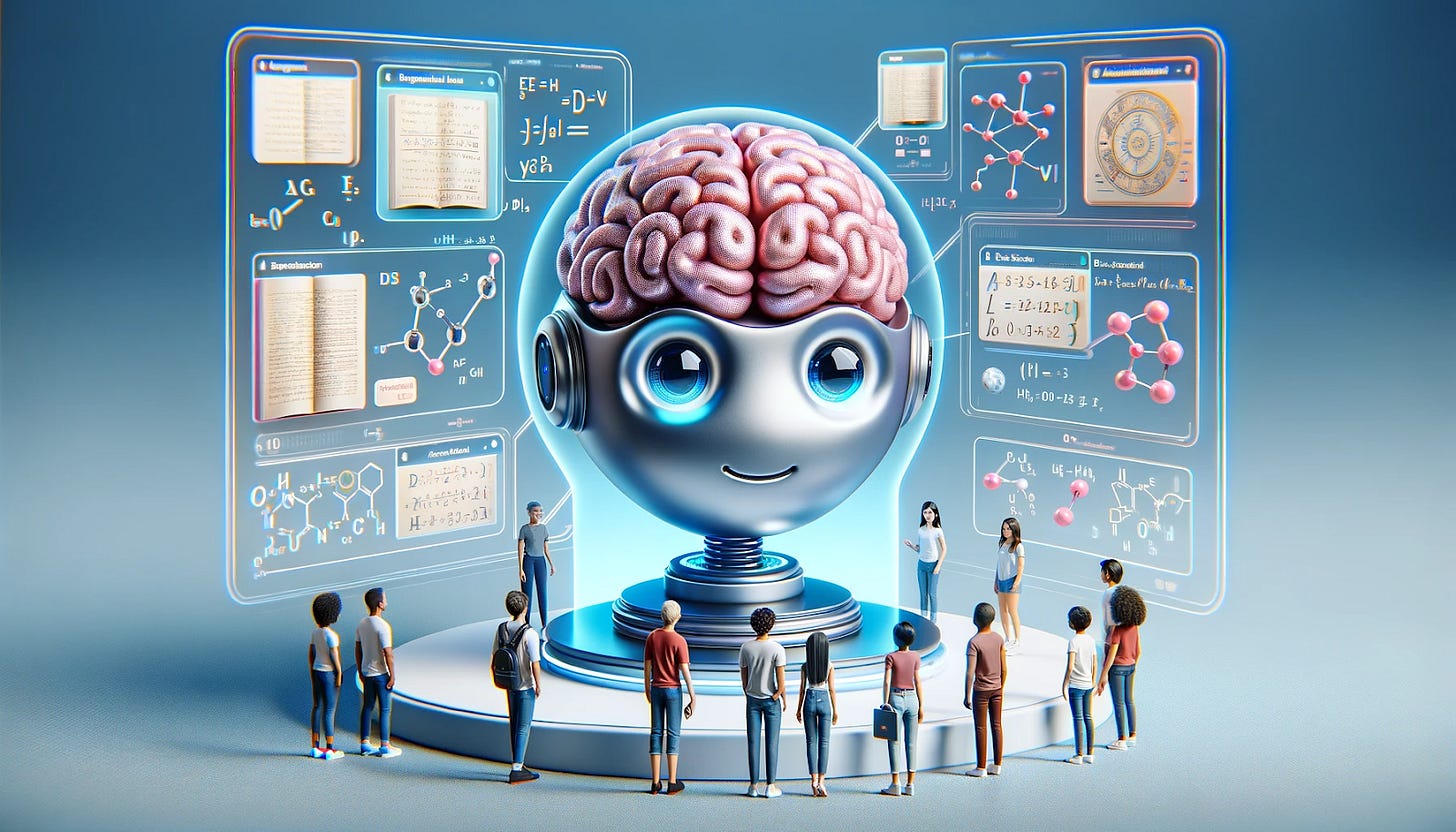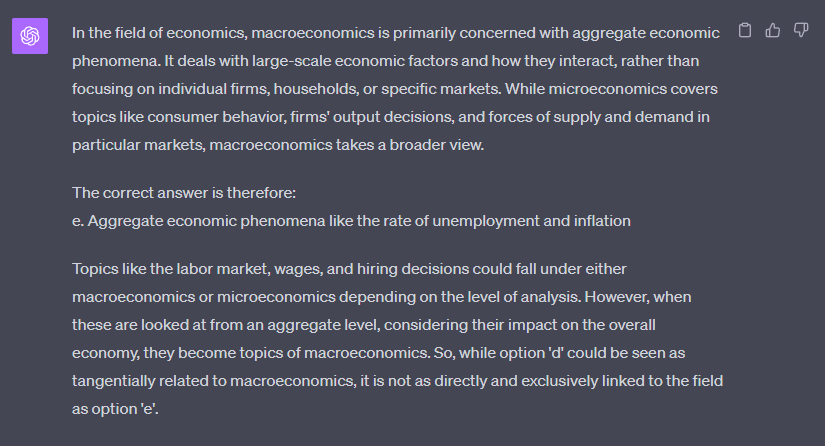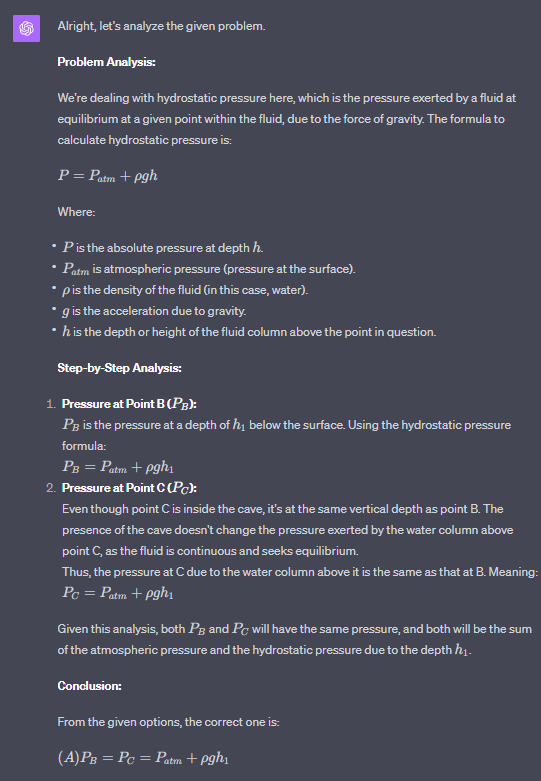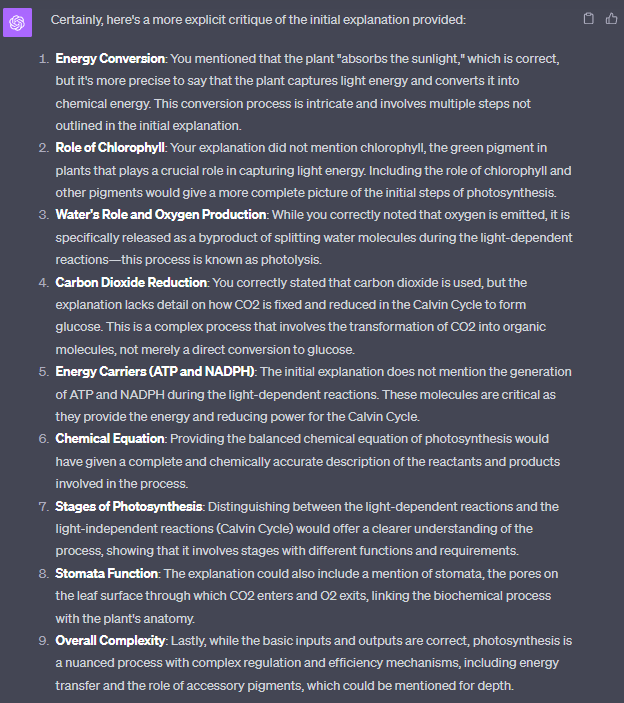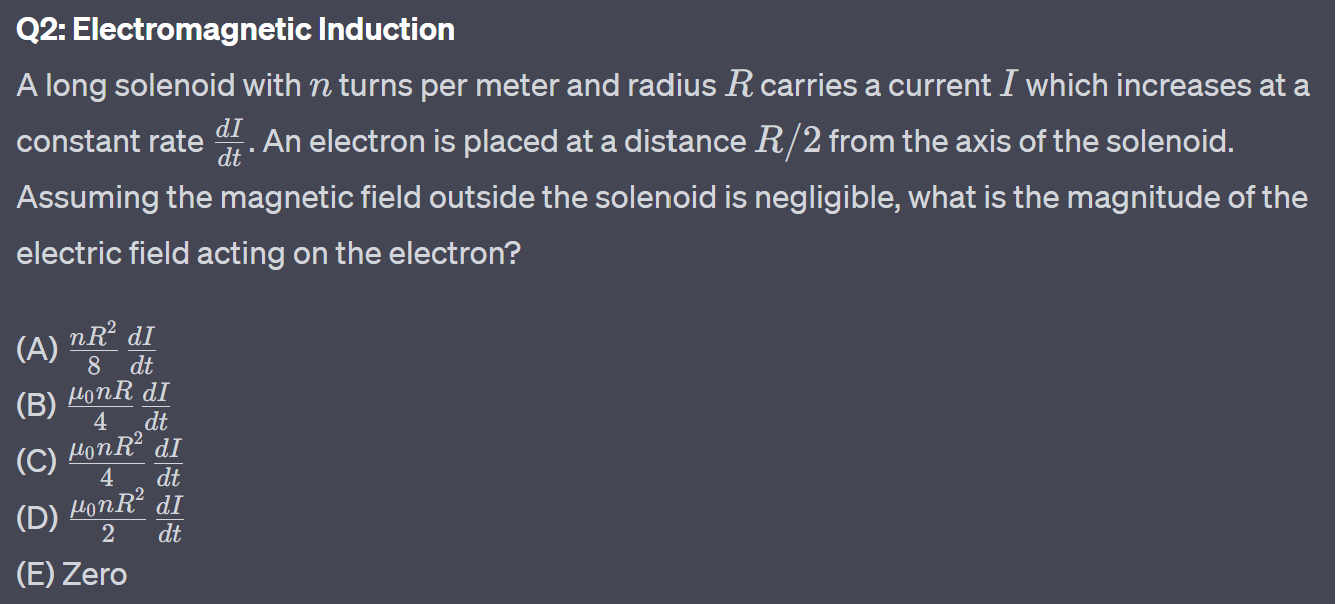Artificial Intelligence as Personalized Tutor: Upending the Private Tutor Industry
With OpenAI’s GPT-4, the role and value of private tutoring must be re-evaluated.
During the May 2, 2023 earnings call for Chegg, an online education company widely recognized for providing homework assistance and online tutoring, the CEO acknowledged the impact of ChatGPT on its entire business model:
“In the first part of the year, we saw no noticeable impact from ChatGPT on our new account growth, and we were meeting expectations on new sign ups. However, since March, we saw a significant spike in student interest in ChatGPT. We now believe it's having an impact on our new customer growth.” (Source)
This stark acknowledgement caused the stock to drop 48% in a single trading day.
Education Companies’ Looming Trouble
The potential disruption caused by ChatGPT looms large over education companies. Wall Street analysts have sounded the alarm, suggesting that ChatGPT could replicate and potentially replicate, and even outperform, Chegg’s "study guide" services, which provide students with ready-made answers to academic questions. (Source)
However, the trouble extends beyond merely replicating replicate Chegg’s, or any other tutoring services’, methods and material. Instead, ChatGPT allows the user to learn in their preferred way, with the level of nuance and detail that the user wants.
I decided to test ChatGPT’s GPT-4 as a private tutor to assist me with some economic and physics questions, progressively increasing in difficulty. (Full conversation will be provided when available).
In this case, after prompting ChatGPT to act as an expert in economics and to serve as a tutor, the following multiple-choice question is provided (Source):
With what kinds of topics does macroeconomics concern itself?
A) Economic activities of individual firms, households, and other organizations.
B) Forces of supply and demand in a particular market.
C) Consumer behavior and firms’ output decisions.
D) The labor market, wages, and hiring decisions.
E) Aggregate economic phenomena like the rate of unemployment and inflation.
GPT-4 responded with:
From this simple example, ChatGPT not only arrives at the correct answer, it explains to the user its thought process in arriving at the right answer and why the other options are incorrect.
These types of answers enable students to learn how to fish, rather than simply giving them the fish.
Here is another more complex example from my conversation. This time, I asked (Question; Solution):
GPT-4 provided the following answers:
Again, it immediately breaks down the problem and explains what each variable represents. The most valuable part is the step-by-step analysis, where it articulates, in detail, the process of solving this problem.
ChatGPT Caters to the User’s Learning Preferences
ChatGPT can also adopt to a particular learning method and use that method to help students understand a topic. In this example, I asked GPT-4 to help me understand the chemical reactions during photosynthesis. Given my very basic understanding of chemistry, I provided this explanation:
After a follow up prompt, ChatGPT was able to explicitly indicate gaps in my initial explanations:
By simply using ChatGPT as a tutor, I effectively have an incredibly knowledgeable study partner who can test me on my knowledge, fill the gaps in my understanding, and spot mistakes in my work. More impressively, this tutor can provide sophisticated levels of assistance across multiple complex topics.
Implications for the Private Education Sector
Chegg serves as the first major warning sign for the education technology and private tutor sectors in Western economies. However, I believe the real impact will be felt in Asia (excluding China given its lack of access to GPT-4).
The most vulnerable markets are likely to be the “cram schools” in highly competitive education systems like South Korea, India, and Taiwan. Cram schools are after-school classes where students attend to further study subjects such as math, physics, chemistry, and English. To illustrate their popularity, there are more than 17,000 cram schools, also known as “supplementary schools,” in Taiwan, outnumbering its approximately 12,000 convenience stores (Source).
In places like Taiwan and Korea, the primary value of cram schools lies in providing “abundant study material that you would otherwise be unable to obtain” (Source). Although specific past exams might be challenging to obtain, giving private education companies a competitive edge, this moat quickly disappears with successive prompting to generate the questions of the designated difficulty and concepts. For example, after a few prompts to generate second-year level physics multiple choice questions, GPT-4 came up with the following questions:
For exams with past exams readily available online, such as the SAT or LSAT, it becomes extremely easy to prompt ChatGPT to generate practice questions tailored to students’ weaknesses, effectively dismantling the competitive edge of tutoring services, cram schools, and even graduate admission test prep services.
Concluding Thoughts
The conducted experiments with GPT-4 indicate a shift in the competitive landscape for private tutors and cram schools, pointing toward a potential existential crisis for such institutions. The intrinsic value offered by cram schools is further diminished by GPT-4's ability to follow custom instructions, allowing responses to be more precisely tailored to individual users' learning needs and preferences. This customization enhances the model's utility as a personalized learning tool, challenging the traditional benefits provided by private educational services.
AI has forced private education companies to adopt and incorporate artificial intelligence in their product offerings. (Source) However, smaller cram schools often lack the necessary resources to adopt AI leaving them at a competitive disadvantage. The widespread adoption and integration of AI technologies, including tools like ChatGPT, is set to fundamentally transform how parents perceive the value of cram schools. This could drive a considerable consolidation in what is currently a highly saturated market, as the educational landscape evolves and adapts to these technological advancements.


